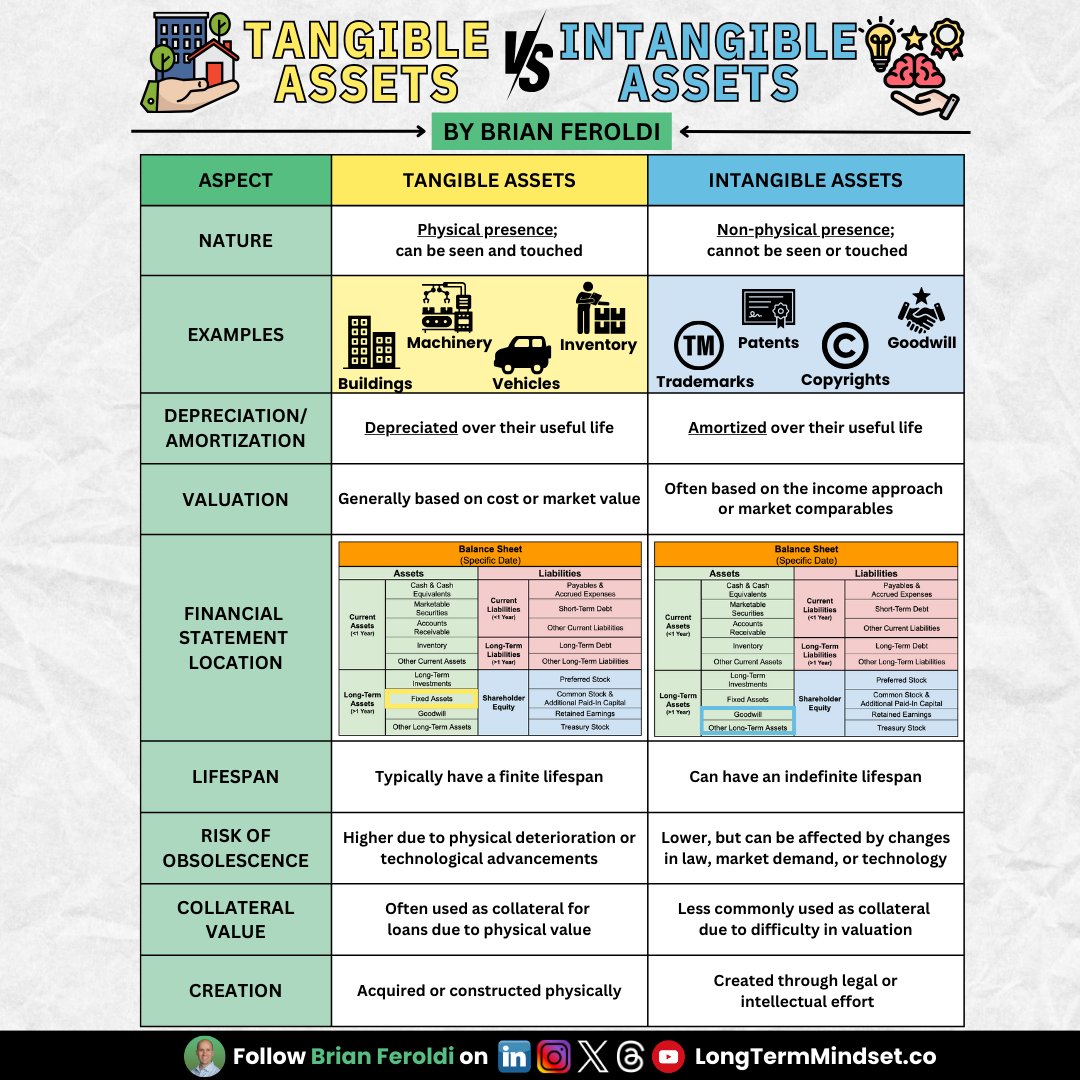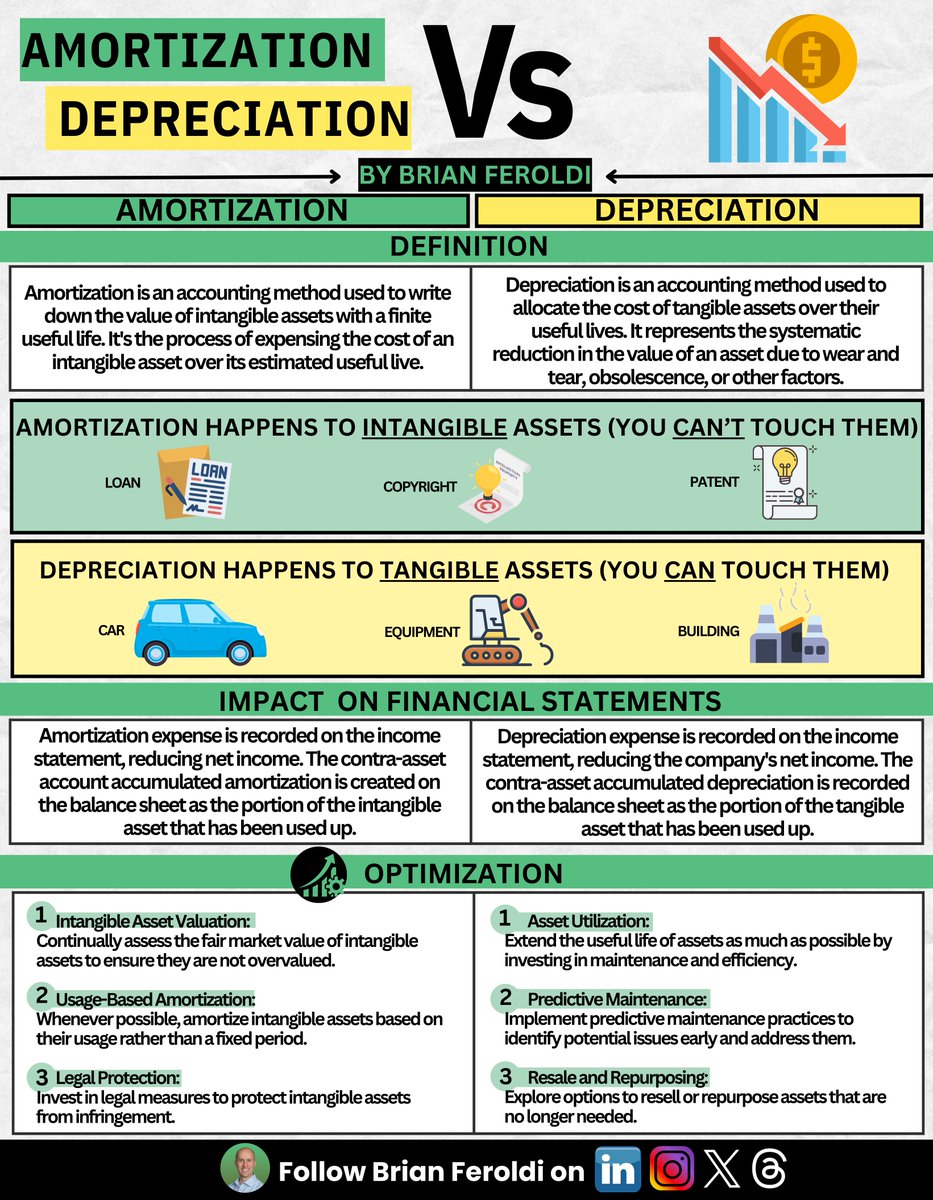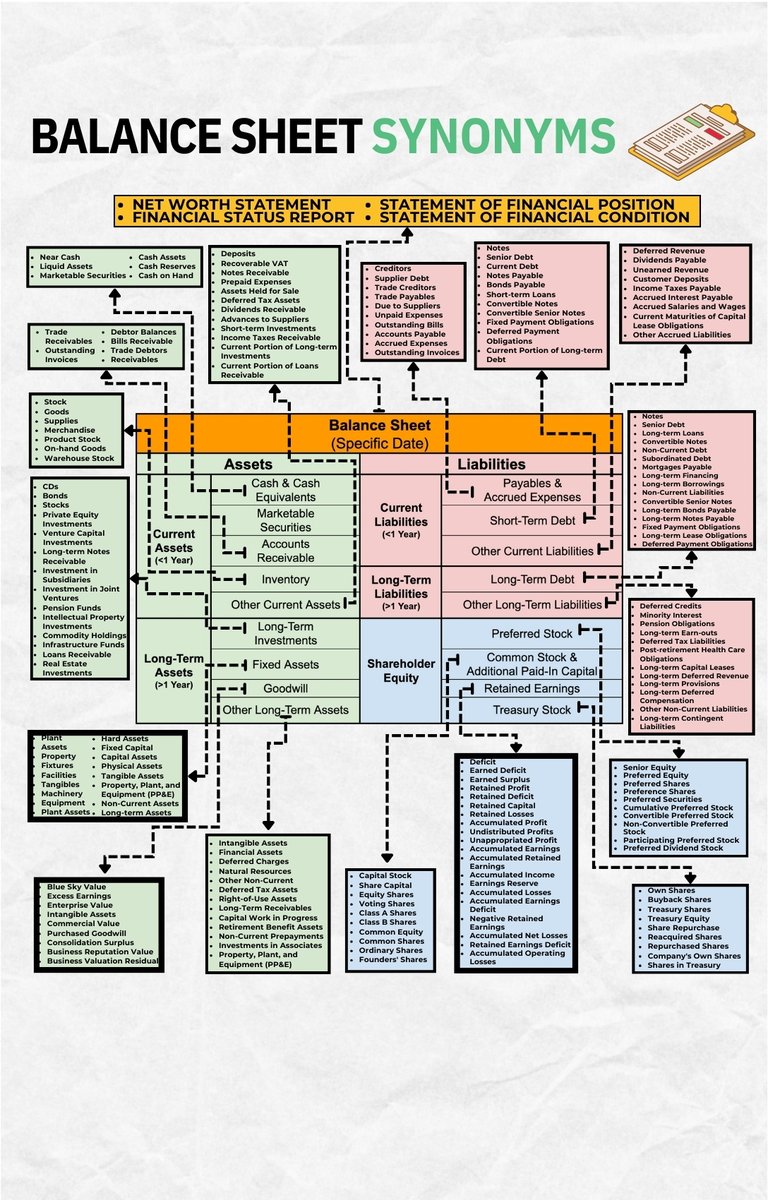The 5 "Technical Analysis" Charts I use every day
⬇️⬇️⬇️⬇️⬇️⬇️⬇️⬇️⬇️⬇️⬇️⬇️⬇️⬇️⬇️⬇️
⬇️⬇️⬇️⬇️⬇️⬇️⬇️⬇️⬇️⬇️⬇️⬇️⬇️⬇️⬇️⬇️
1) 5-Year Performance vs. $SPY
Winners keep on winning
It's a great sign if a stock has beaten the market over the last 5 years
It's a warning sign if it has lost badly
$MKTX ✅
$MNKD 🚫
Winners keep on winning
It's a great sign if a stock has beaten the market over the last 5 years
It's a warning sign if it has lost badly
$MKTX ✅
$MNKD 🚫

2) Long-term Revenue Growth
Recurring revenue is the gift that keeps on giving
Consistent revenue growth -- especially through recessions -- indicates greatness
Inconsistent revenue growth = avoid
$MA ✅
$XOM 🚫
Recurring revenue is the gift that keeps on giving
Consistent revenue growth -- especially through recessions -- indicates greatness
Inconsistent revenue growth = avoid
$MA ✅
$XOM 🚫

3) Margins
Ideal: Gross / Operating / Net Margin all consistent/expanding over time
Avoid: Gross / Operating / Net Margin all declining over time
$VEEV ✅
$GME 🚫
Ideal: Gross / Operating / Net Margin all consistent/expanding over time
Avoid: Gross / Operating / Net Margin all declining over time
$VEEV ✅
$GME 🚫

4) Returns on capital
Great businesses create value by investing at high rates of return
Bad businesses destroy value by investing at low or negative rates of return
I check ROE, ROA, ROIC
Ideal: Double-digit and expanding
Bad: Negative and declining
$FB ✅
$UA 🚫
Great businesses create value by investing at high rates of return
Bad businesses destroy value by investing at low or negative rates of return
I check ROE, ROA, ROIC
Ideal: Double-digit and expanding
Bad: Negative and declining
$FB ✅
$UA 🚫

5) Dilution
Shares outstanding rising through stock-based comp = bad
Shares declining because of stock-buybacks = good
I'm OK with <3% dilution per year if growth is high
>5%/year is bad
$VRSN ✅
$CRM 🚫
Shares outstanding rising through stock-based comp = bad
Shares declining because of stock-buybacks = good
I'm OK with <3% dilution per year if growth is high
>5%/year is bad
$VRSN ✅
$CRM 🚫

Bad performance in any of these categories doesn't exclude investment
Lots of great companies have negative returns on capital and high share dilution in the beginning
Still, always worth looking at
All data from @ycharts
Lots of great companies have negative returns on capital and high share dilution in the beginning
Still, always worth looking at
All data from @ycharts
• • •
Missing some Tweet in this thread? You can try to
force a refresh





















